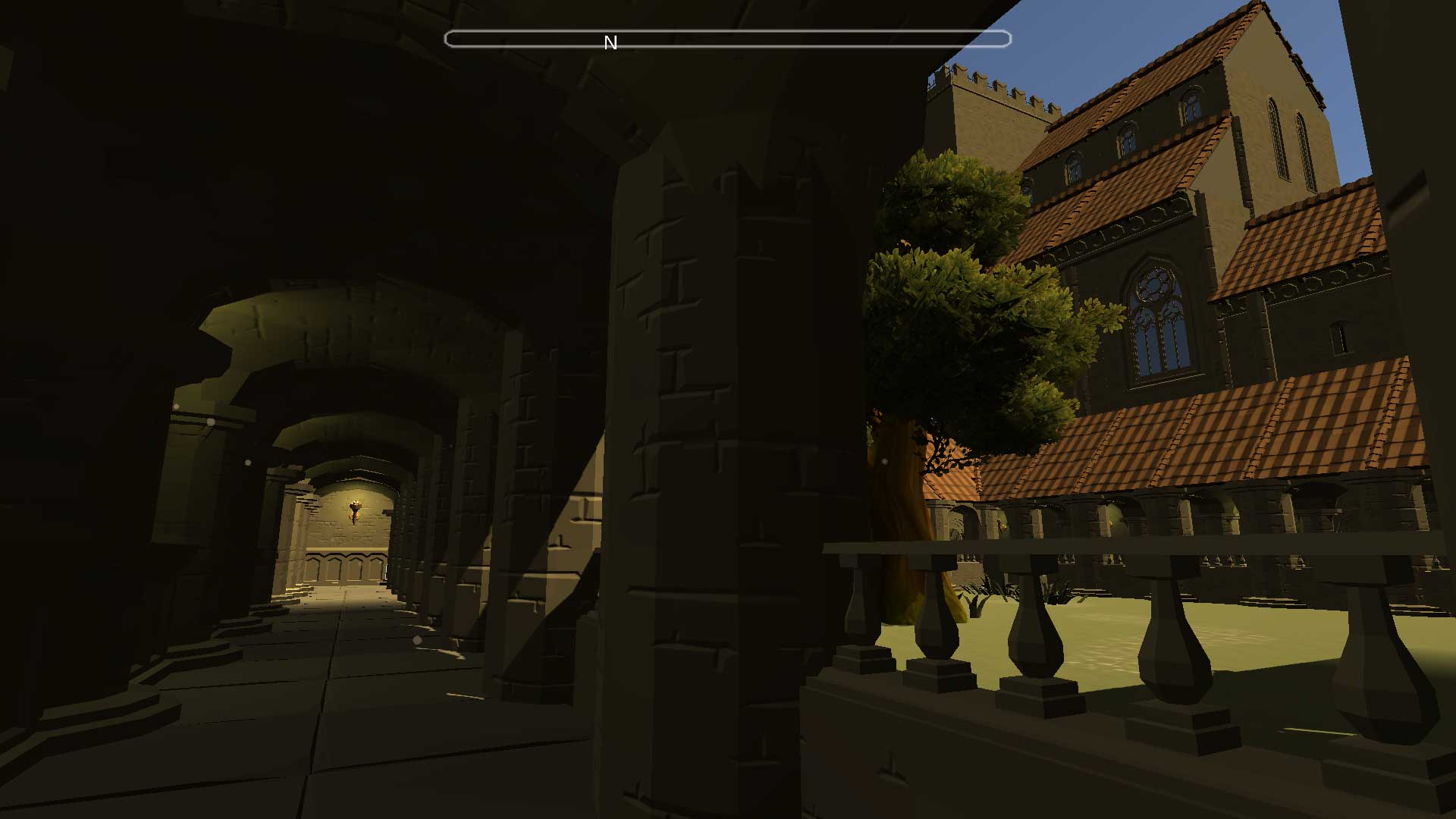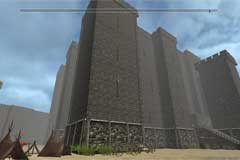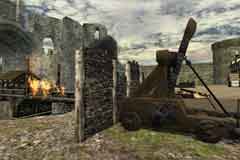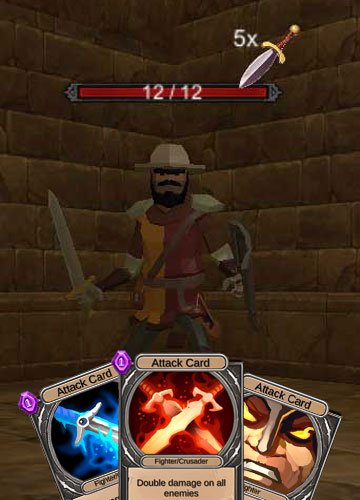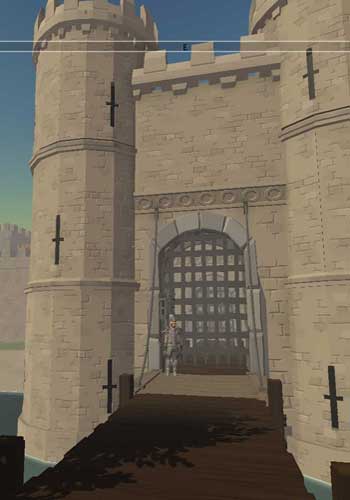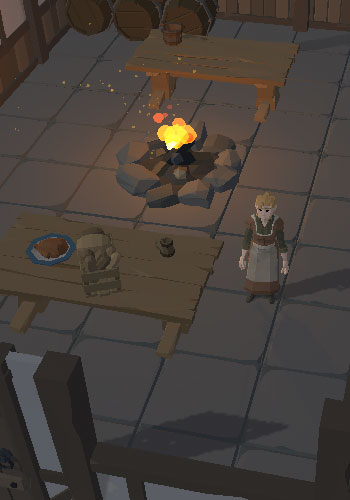Medieval Life
This section describes life in the Medieval period. (Please note that this section is under construction and incomplete)







Estimated Population of England (1000 - 1600)
Rough estimated populations for England from the 10th to the 16th centuries, with conservative ranges and short notes about reliability. For reference, the current population is around 60 million, between 25 and 30 times the number after the Black Death.
| Year (approx) | Best estimate | Scholarly range | Notes |
| c. 1000 | ≈ 1.5 million | 1.2 - 1.7 million | Very rough; pre-Domesday estimates based on later back-projections and settlement evidence. https://en.wikipedia.org/wiki/ |
| 1066 | Norman Invasion | ||
| 1086 (Domesday) | ≈ 1.1-1.6 million (commonly quoted ≈1.25-1.5m) | 1.1 - 2.0 million | Domesday-based reconstructions (Russell, Miller & Hatcher, later re-estimates). Different household multipliers and omissions give wide spread. https://en.wikipedia.org/ |
| 1139-1154 | The Anarchy - Civil war between Stephen and Matilda | ||
| c. 1200 | ≈ 2.3 million | 1.8 - 2.6 million | Growth in the high medieval period; estimates usually for England (sometimes England & Wales). https://en.wikipedia.org/wiki/ |
| c. 1250 | ≈ 2.6 million | 2.2 - 3.0 million | Continued growth in 12th–13th centuries before late-century peaks. https://en.wikipedia.org/wiki/ |
| c. 1290 (pre-plague benchmark) | ≈ 4.7 million | 4.0 - 5.5 million | Recent reconstructions (Bruce M. S. Campbell et al.) put England ≈4.7-4.8m in 1290 (Wales/Scotland separate). This is a widely used pre-plague benchmark. https://www.arcgis.com/ |
| 1337 | Start of the Hundred Years War | ||
| c. 1348 (eve of Black Death) | ≈ 4.7-4.9 million | 4.0 - 6.0 million | Many older sources allowed up to ~6m; modern reconstructions favor ≈ 4.5-5.0m as plausible. https://www.arcgis.com/home/ |
| 1348 | The Black Death | ||
| c. 1351 (after first Black Death wave) | ≈ 2.6 million | 2.2 - 3.2 million | Sharp fall — best estimates indicate a decline of c. 40–50% (some local variation). https://www.brh.org.uk/site/articles/ |
| 1381 | The Peasants Revolt | ||
| c. 1400 | ≈ 2.0-2.5 million | 1.8 - 3.0 million | Slow recovery with recurrent plague outbreaks and other shocks; regional variation large. https://www.brh.org.uk/site/articles/ |
| 1455 - 1487 | The Wars of the Roses | ||
| c. 1500 | ≈ 3.3 - 3.6 million (commonly ≈ 3.5m) | 3.0 - 4.0 million | Recovery into the early modern era; many summaries report ~3.6m for England & Wales by 1500. https://en.wikipedia.org/wiki/ |
| 1500 | The Great Explorers | ||
| c. 1550 | ≈ 3.0 - 3.6 million | 2.8 - 4.1 million | Growth resumes in 16th century but estimates vary by method; Wrigley/CAMPOP series provides detailed post-1541 numbers. https://www.campop.geog.cam.ac.uk/blog/ |
| c. 1600 | ≈ 4.0 - 4.5 million | 3.6 - 5.0 million | Often quoted to show the later 16th/early 17th century rise. https://www.campop.geog.cam.ac.uk/blog/ |
The Feudal System
The structure of the feudal system was like a pyramid, where the king was at the apex (point at the top) and the common people (Villeins) of the country were at the base. In between the two were different kinds of lord whose position was defined by their social class.
Life in a castle
What was life like in a medieval castle. Where did people eat, sleep and go to the toilet. The castle had to provide enough accommodation for the nobleman or king and his party when they stayed at the castle. When the king was elsewhere just the number of people required to look after the castle and to guard it actually lived there.
Life in a town

The Anglo-Saxons had developed the fortified settlement known as a burh. The settlement was surrounded by banks and ditches with wooden palisades on top. A number of gatehouses controlled who entered the burh. The buildings inside the burh were mostly made from wood or wattle and daub with thatched rooves. Over time these defences were replaced by stone walls and gatehouses.
Designs, or coat of arms, were invented to help recognise one person from another. How far back this idea was first put into practice is not known but from the first half of the twelfth century (1100-1150) knights began to use designs on their flags and shields to identify themselves in battle and in tournaments.
Medieval Heraldry
The designs commonly passed down from one generation to the next and became means of identifying an entire family and not just a single person. The term 'coat of arms' comes the the surcoat, a textile garment, that was worn over the armour and was decorated with the same design as the shield.
3D Virtual Reconstructions
Transport yourself back up to a thousand years and explore historical buildings as they may have appeared in the past. Built using the popular game development tool Unity 3D, these reconstructions will run in the most of the popular web browsers on your desktop or laptop computer.




